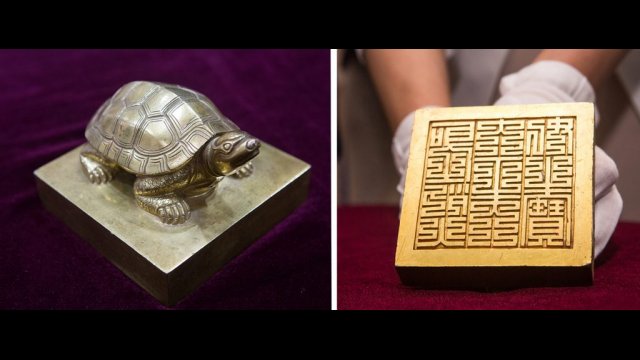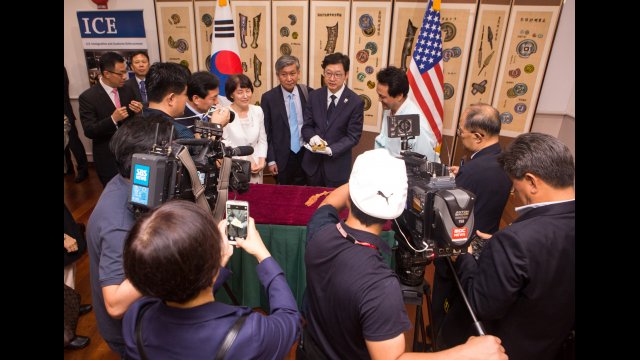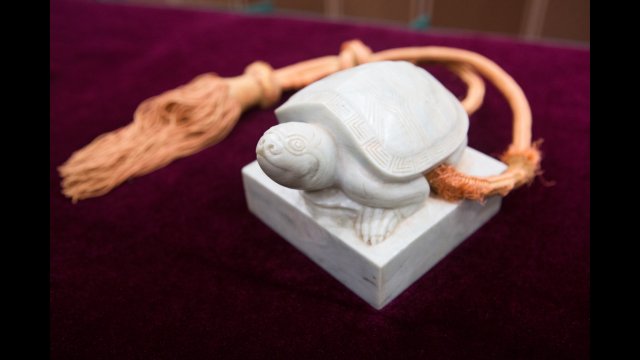The Cultural Property Advisory Committee will meet July 19-20 to review Libya’s request for U.S. import restrictions on Libyan archaeological and ethnological material. The Committee invites public comment on the request. The public may participate in the virtual open session of the meeting on July 19 from 1 to 2 pm EDT.
Libya’s Request
The Government of Libya has requested U.S. import restrictions on archaeological and ethnological material from Libya representing its prehistoric through Ottoman Era heritage. This request was submitted pursuant to Article 9 of the 1970 UNESCO Convention on the Means of Prohibiting and Preventing the Illicit Import, Export and Transfer of Ownership of Cultural Property as implemented by the Convention on Cultural Property Implementation Act (the CPIA).
A public summary of the request includes background information, evidence of jeopardy to the cultural patrimony of Libya from pillage, an outline of measures consistent with the 1970 UNESCO Convention that Libya has taken to protect its patrimony, information about the U.S. and international markets for Libyan cultural property, and a description of the benefit to the international community that import restrictions would enable.
The Review Process
The State Department will decide whether to enter into a bilateral agreement that creates U.S. import restrictions based on four determinations. If a specific emergency condition exists, the Department may also impose emergency import restrictions. Before making a decision, the Department will consider the findings and recommendations of the Committee.
The four determinations (summarized):
|
Comment on the Request
Comments should focus on the four determinations. All comments must be submitted in writing by July 10. Use http://www.regulations.gov, enter docket DOS-2017-0028, and follow the prompts to submit written comments.
Participate in the Virtual Open Session
The virtual open session of the Committee meeting will be held on July 19 from 1 to 2 pm EDT using Zoom, a web conferencing service. Anyone may participate. If you are new to Zoom, these tips will help you get started.
To make an oral presentation
If you wish to make oral comments during the virtual open session, you must submit written comments via Regulations.gov by July 10 (as described above). In addition, you must pre-register by phone, (202) 632-6301, or email: CulProp@state.gov by June 10. After you pre-register, you will be provided with instructions on how to participate as a presenter.
To observe
Anyone can observe. It is not necessary to pre-register. The webinar will include a chat space for conversation among observers. The chat space will not be monitored by the Committee and will not be incorporated into the record of the meeting.
To join as an observer:
Click the link to join the webinar: https://zoom.us/j/968721886
Or Telephone:
Dial: +1 408 638 0968 (US Toll) or +1 646 558 8656 (US Toll)
Webinar ID: 968 721 886
International numbers available: https://zoom.us/zoomconference?m=_5EIME99NrLjmmoIDUMb_cEDscejOeFL








